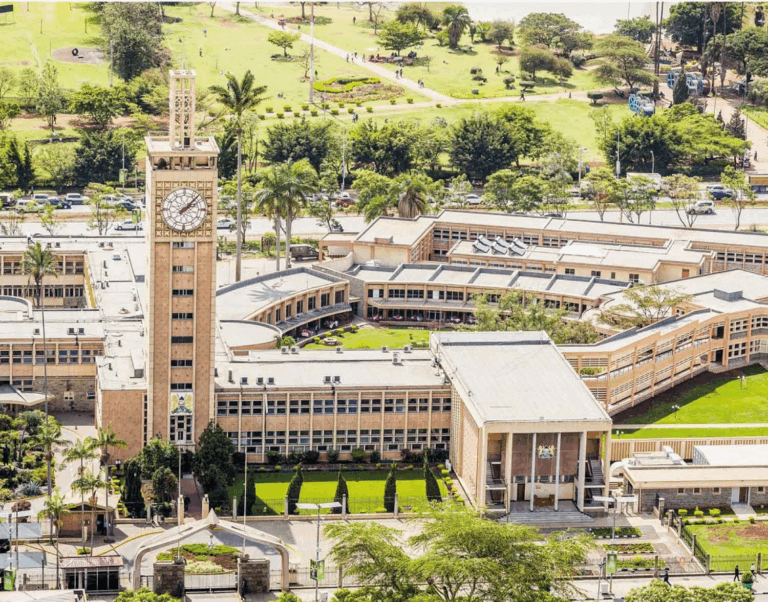The Kenyan government has taken steps towards creating a conducive environment for the growth of ICT services. The principal secretary of the State Department for ICT & Digital Economy, Eng. John Tanui, stated that such an initiative will enable job creation, facilitate the ease of doing business and trade, enhance the quality of healthcare, education and delivery of public services, boost the region’s long-term competitiveness. The government aims to lay 100,000km of fiber optic cable across the country under the Digital Superhighway, install 25,000 public Wi-Fi hotspots, establish 1,450 digital village smart hubs and studios in the next five years. Eng. Tanui notes that accessibility and affordability are key factors to enhance a wider reach of consumers of ICT solutions for e-services.
The Enhancement of Governance and Enabling Environment in the ICT sector (EGEE-ICT) Programme in East Africa, Southern Africa and the Indian Ocean region has targeted 29 African countries under COMESA, IGAD, EAC, SADC and IOC regions, with an objective to create an enabling ICT environment to promote linkages that foster regional integration. The EGEE-ICT Programme faces a number of hiccups in the continent, such as the digital divide, high cost of services, high cost of devices, coverage gaps, low ICT literacy levels, cyber security and limitation in policy development. Eng. Tanui called on stakeholders to support the implementation and successful delivery of the ICT program.
READ ALSO:
Qualcomm Collaborates with Android Smartphone Makers to Add Satellite Messaging Capabilities
Vertiv partners with TechAccess to distribute integrated rack solutions in Sub-Saharan Africa
Jean-Baptiste Mutabazi, Director of Infrastructure & Logistics at COMESA, stressed the importance of the right ICT policy initiatives as a key enabler at both regional and continental levels for ICT and digital growth to be realized and for economic and sustainable development. The EGEE-ICT program, which targets the ICT sector, ensures that current ICT development issues are prioritized and regional harmonization is one of the best approaches to achieving success in development. The program will be implemented in five regional economic communities, namely COMESA, EAC, IGAD, IOC, and SADC, with COMESA as the lead.




